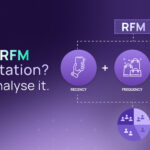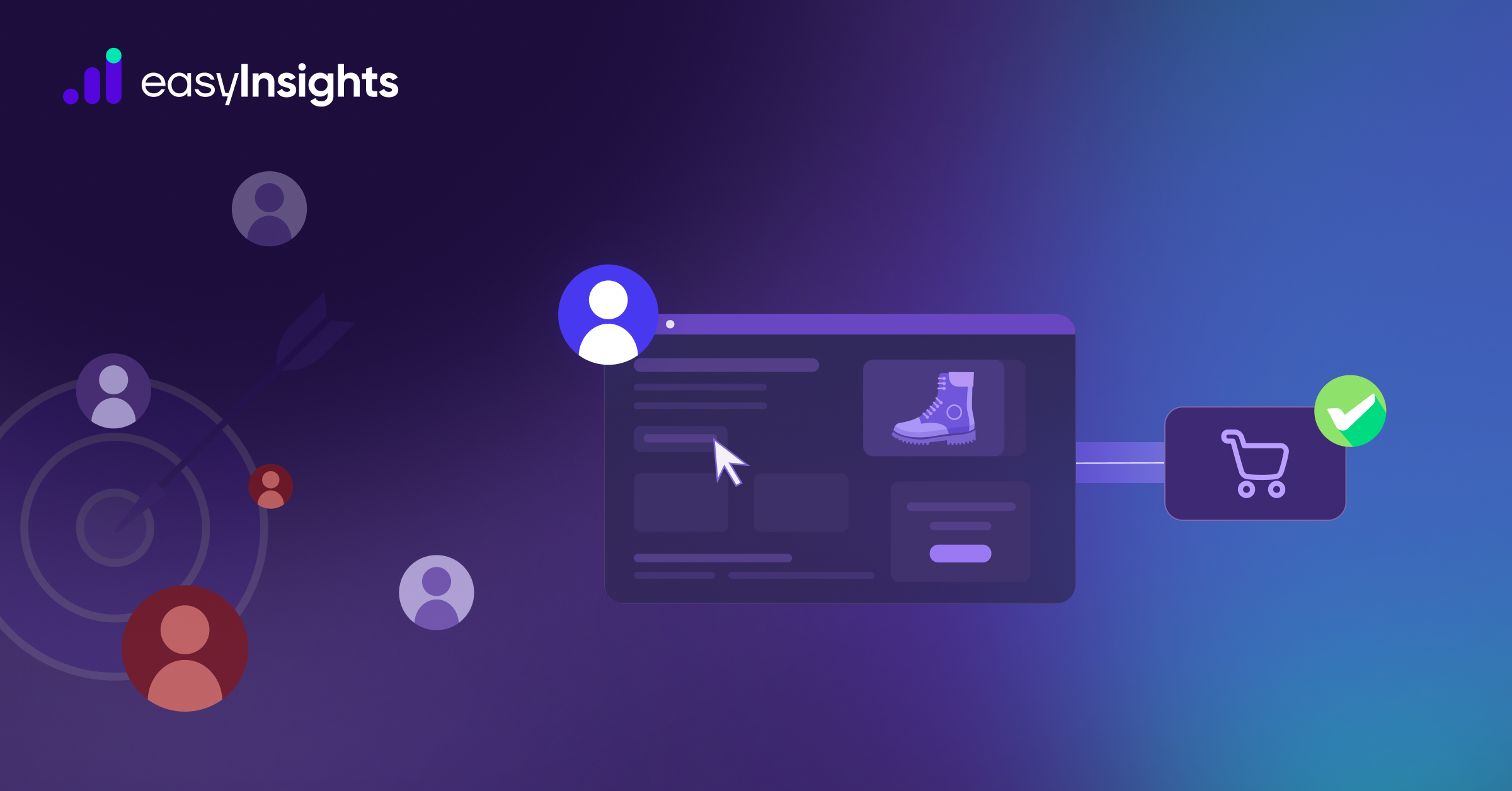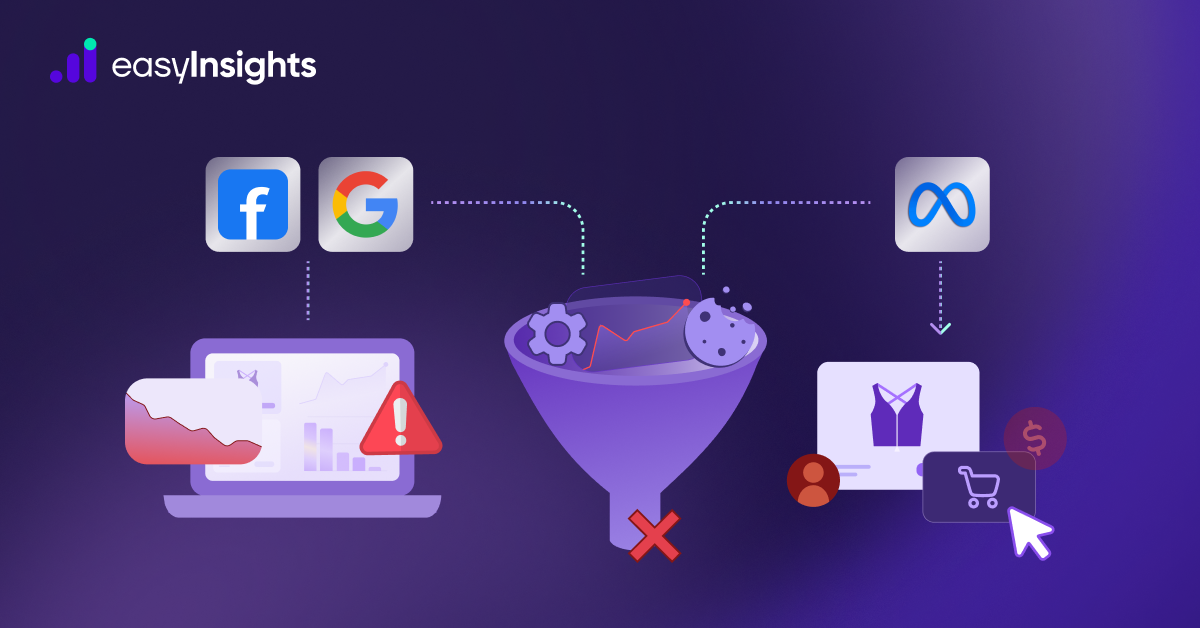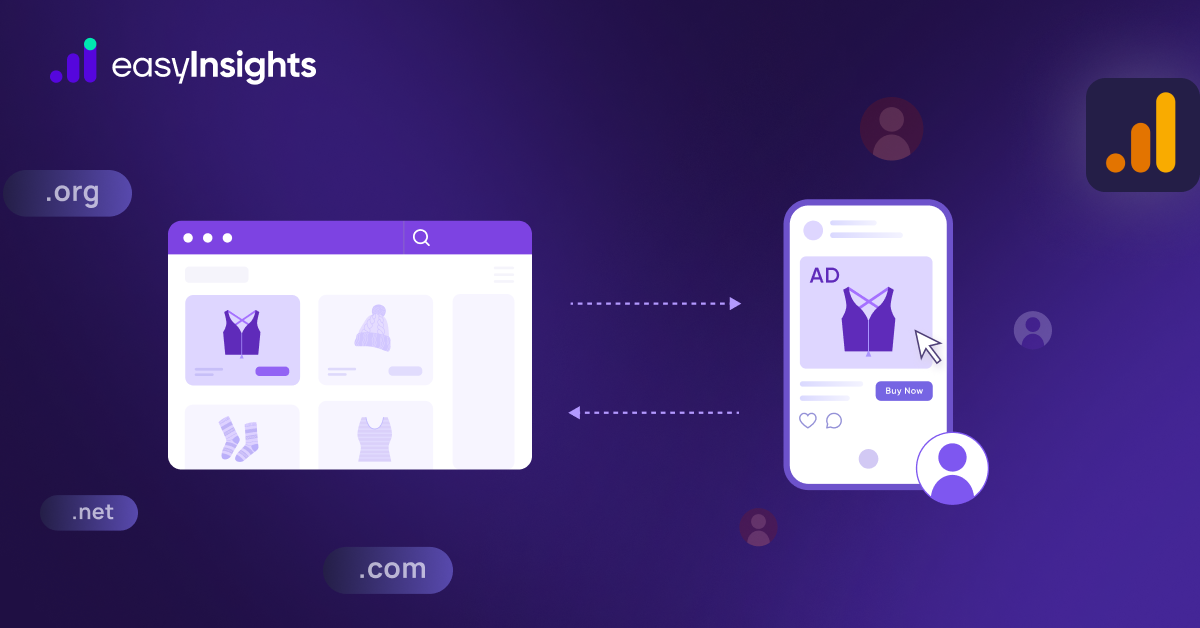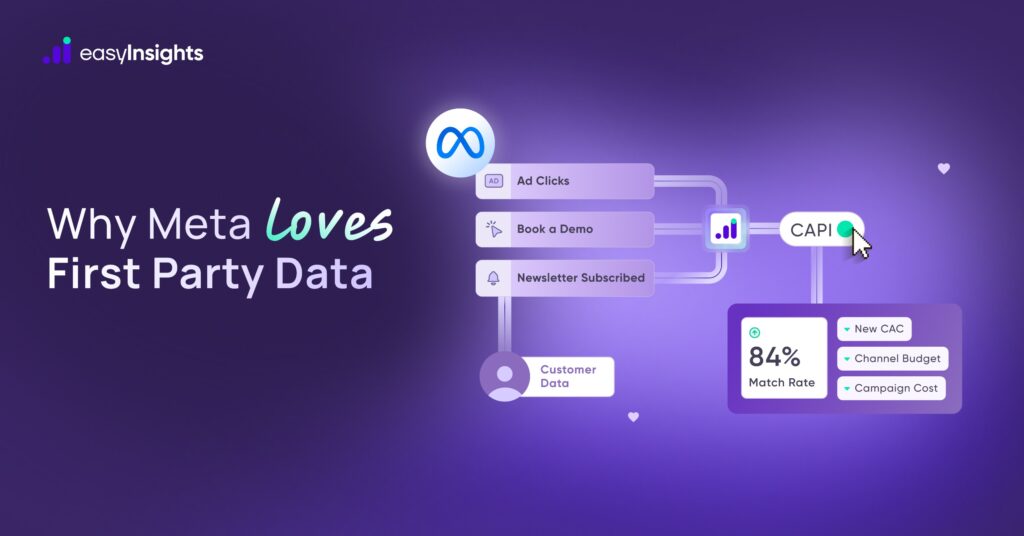
With cookies fading and privacy rules tightening, first-party data has become the most valuable fuel for Meta’s ad engine. Because it’s collected directly from your customers – like purchases, sign-ups, and app activity-it’s accurate, privacy-friendly, and highly actionable. This clean data helps Meta’s AI build better audiences, improve targeting, and cut wasted ad spend.
In this blog, we’ll discuss why first-party data matters, how Meta uses it, and how you can leverage it to boost your campaigns.
Jump ahead to:
The Power of First-Party Data
First-party data is information your brand collects directly from customers – like purchases, sign-ups, cancellations, and returns. Because it’s collected at the source, it’s highly accurate, privacy-friendly, and tailored to your audience. Leveraging this data helps you understand customer behavior, improve targeting, reduce churn, and drive smarter marketing decisions.

Third-Party Cookies are Fading Fast
Meta Ads performance now hinges on the quality of first party data: direct signals sent from your website or app. This includes high-intent events like purchases, acquisitions, cancellations, and returns. These signals inform Meta’s bidding, optimization, and attribution systems more accurately than ever.
How Meta Optimizes with Event Signals
Meta uses a continuous feedback loop. Ads are shown to a sample audience, results are measured, and new lookalikes are targeted based on performance. The smarter your success signal (e.g., “Acquisition” instead of just “Add to Cart”), the better Meta can find valuable users.

Setting Up Meta CAPI for Accuracy
Meta’s Conversions API (CAPI) is like a direct hotline between your website and Meta (Facebook & Instagram). Instead of relying only on the Meta Pixel – which collects data through a user’s browser-CAPI sends data server-to-server.
Why this matters: browsers (especially Safari), ad blockers, and slow page load times often block or limit pixel tracking. As a result, brands lose valuable insights into which ads are actually driving sales or sign-ups.
With CAPI, your conversion data goes straight from your server to Meta’s servers, meaning:
- More reliable data – fewer gaps from blocked pixels.
- Faster tracking – no waiting on page load.
- Better privacy compliance – less dependence on cookies and browser storage.
Setting it up usually involves:
- Connecting your site or CRM to Meta’s Conversions API (either via your ecommerce platform, your CRM, or a custom integration).
- Testing events to make sure Meta is receiving data correctly.
- Using CAPI alongside your Pixel so both systems work together for maximum coverage.
Why Use CAPI
Think of the Pixel as a net and CAPI as a fishing line. The net (Pixel) catches most things but sometimes holes appear – ad blockers, privacy updates, slow pages. The line (CAPI) pulls in the exact data directly from your server.
Here’s why it matters:
- Captures conversions blocked by browsers like Safari
- Enables deduplication with Pixel for accuracy
- Sends richer data (e.g., order value, UTM parameters
Additional Reading: Strategies to Optimize Meta Conversion API (CAPI)
Activating Post-Funnel Events for Optimization
Most brands stop at measuring clicks or add-to-cart events. But to truly scale profitably, you need to feed post-funnel events back into Meta – actions that happen after the purchase. These deeper signals help Meta’s AI find not just shoppers, but your best customers, improving targeting and lowering acquisition costs.
Why the Acquisition Event Is a Gold Mine for E-Commerce
The “Acquisition” event captures a customer’s first-ever successful purchase. It’s one of the strongest signals you can send to Meta because it shows exactly when a new customer enters your ecosystem. Here’s why it matters:
1. Clear Success Marker
It distinguishes new customers from returning ones, allowing Meta to focus on expanding your customer base instead of retargeting the same people.
2. Improved Campaign Efficiency
By optimizing for acquisition, you eliminate wasted ad spend on existing customers through prospecting campaigns. This means more budget goes to finding fresh buyers.
3. High LTV Correlation
First-time buyers often have the highest future revenue potential when nurtured with the right retention and upsell strategies. Feeding this back to Meta means it can seek out similar high-value prospects.
4. Data Consistency
Unlike seasonal or product-specific events, Acquisition is a stable and meaningful conversion event across products, categories, and campaigns – making your data cleaner and easier to scale.
Using EasyInsights.ai as Your Signal Engine
If you’re running ads on Meta, the data you send back matters just as much as the ads you create. EasyInsights.ai acts as your signal engine – a first-party data activator and official CAPI partner platform – to give Meta the cleanest, richest, and most accurate conversion data possible.
Here’s what it enables for your business:
1. Custom Pixel for Reliable Tracking
EasyInsights lets you deploy a custom pixel built around your own first-party data. This means more accurate tracking, even when browsers or ad blockers limit standard pixels.
2. Clean, Deduplicated CAPI Events
No more double-counting or missing conversions. EasyInsights sends clean, deduplicated events via Meta’s Conversions API (CAPI) to ensure your reporting is precise and trustworthy.
3. Activation of Key Post-Funnel Events
Go beyond basic purchases. Activate deeper events like Acquisition (first-time purchase), RTO (return to origin/refunds), and Cancellations to help Meta’s AI find your most valuable customers.
4. Real-Time Event Streaming to Meta
Feed real-time conversion data straight to Meta. Faster signals mean smarter optimization, lower acquisition costs, and better ROI on your ad spend.
5. GA4 + Meta Bi-Directional Syncing
Seamlessly sync Google Analytics 4 (GA4) and Meta Ads data both ways. This unified view helps you understand the entire customer journey and measure true campaign performance.
Additional Reading: Meta Conversions API ( CAPI ) – Comprehensive Guide for Performance Marketers
Pixel vs. CAPI: Why Server-Side Tracking Wins
If you’re running ads on Meta, the way you send data back matters. Traditionally, the Meta Pixel has handled this job, but with privacy updates, ad blockers, and cookie restrictions, it’s no longer enough. That’s where Meta’s Conversions API – a form of server-side tracking – steps in.
| Feature | Pixel (Browser-Side Tracking) | CAPI (Server-Side Tracking) |
| How It Works | Tracks user actions through their browser using cookies and scripts. | Sends conversion data directly from your server to Meta, bypassing the browser. |
| Ad Blockers & Privacy Restrictions | Easily blocked by ad blockers and privacy-focused browsers like Safari. | Not browser-dependent – bypasses blockers and captures more complete data. |
| Capturing Quick Exits | May miss data if a user leaves the page quickly before the pixel fires. | Server-side tracking captures events even if the user exits early. |
| Data Accuracy | Can double fire or misfire events due to browser issues. | Uses deduplication logic with Pixel to ensure clean, accurate data. |
| Data Enrichment | Limited to what’s available in the browser. | Can be enriched with CRM or user-level data for deeper insights. |
Conclusion
In today’s privacy-first world, first-party data isn’t just important – it’s the backbone of successful Meta Ads campaigns. By collecting clean, accurate data directly from your customers (like purchases, sign-ups, and cancellations), you give Meta’s AI the high-quality signals it needs to improve targeting, cut wasted ad spend, and boost your ROI.
Switching from Pixel-only tracking to server-side tracking with CAPI makes your data more reliable, bypasses ad blockers, and ensures better privacy compliance. And by feeding deeper events like Acquisition, RTO, or Cancellations, you help Meta find not just buyers, but your most valuable customers.
Tools like EasyInsights make this process simple by acting as your first-party data activator and official Meta CAPI partner. With EasyInsights, you can send clean, deduplicated, and enriched data to Meta in real time – unlocking smarter optimization, lower acquisition costs, and higher lifetime value from every new customer.
To activate your First party data Book a demo with EasyInsights


